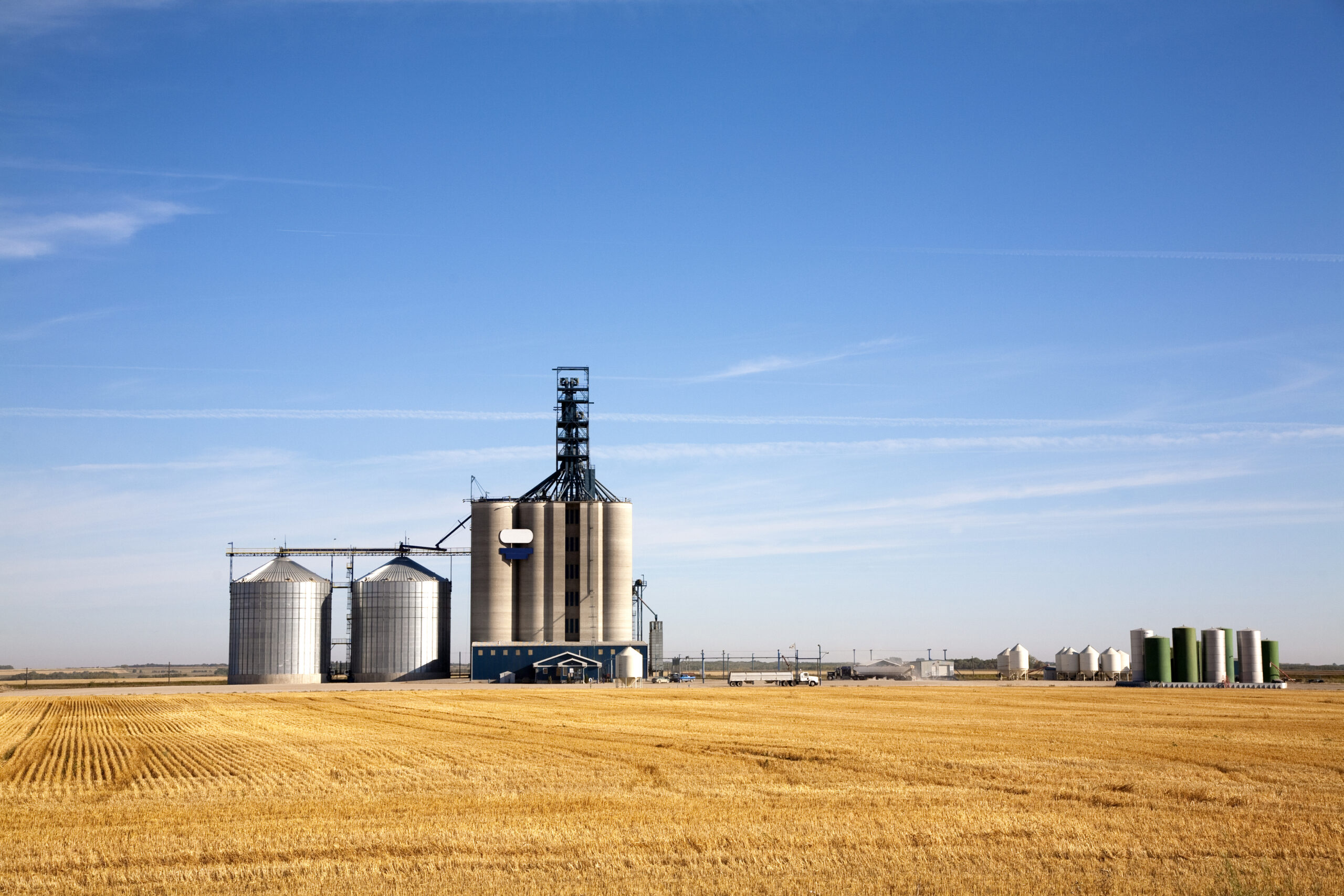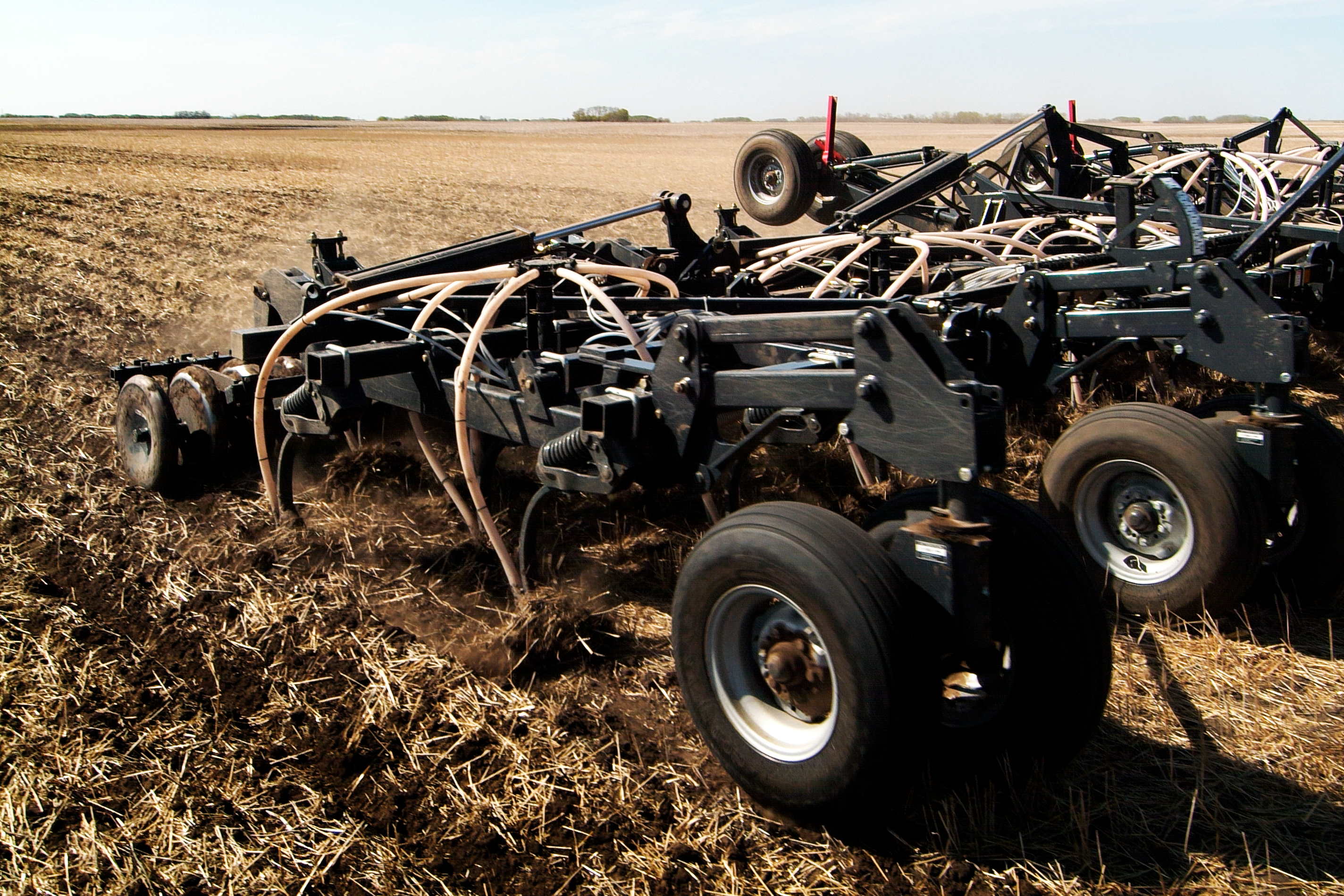By Marlene Boersch, Mercantile Consulting Venture Inc.
July 2022
Seeding in Western Canada was eventually completed with some delays prompted by cool spring temperatures and either dry or wet conditions, depending on the location. Topsoil conditions generally improved in mid-to-late June, but weather this year seems especially unpredictable and will remain in focus before more accurate projections about this year’s production can be made. Overlay this with changing price signals before and during the drawn-out seeding season, and it seems unusually hard to reconcile the acreage division between crops and generate solid production forecasts.
The demand side of things is also subject to unusual and potentially significant pressures that could result in export volume and origin shifts. Economic conditions in countries around the globe are complicated by high inflation rates, high United States (U.S.) dollar and changing foreign exchange rates, high interest rates, fear of stagnation, sanctions and changing trade alliances, high freight and logistic costs, and fragile economies. This begs the question of whether demand for certain products will be negatively impacted, or if they might benefit from relative price changes and shifts in demand.
Peas
On the production side for peas, it has become clear that the Western Canadian pea acreage has come under pressure. Last December, it was thought that forward pea prices were too low to fully compete with new crop canola, durum, oat, or flaxseed bids. Disease pressure has added to this, and pea acres seem to be down by 7–9.9% (Agriculture and Agri-Food Canada (AAFC) estimates a 7% reduction; we think it is higher because of additional pea acreage losses in Manitoba due to adverse spring weather). Assessing average yields of 36.2 bushels per acre (bu/ac) (somewhat higher than the 5-year average) against the reduced acreage gives us a production number of 3.4 million (M) tonnes, 48% higher than last year’s 2.3 M tonnes, but well below Canada’s peak pea production of 4.9 M tonnes in 2016. There will be limited carry-in this year to augment production, even though we are using a smaller 2021/22 export number than AAFC at just under 2 M tonnes.
Canadian Pea Balance Sheet, 2016/17–P2022/23

Looking at the global pea production picture, Russia was the largest pea producer last year, and we expect Russian production to remain strong this year. Estimates of Russian pea production range from 2.7–3.1 M tonnes, so Russia is likely going to be the second largest pea producer behind Canada, and followed by the European Union (EU), which we project at 2.25 M tonnes given their 7% increase in pea acres. We estimate global production at 13.7 M tonnes compared to ~12.6 M tonnes last year and 14.9 M tonnes in 2020/21.
Global Pea Production Estimate, 2019/20–P2022/23

On the demand side for peas, we can also expect some significant changes. For example, Russian peas are sanctioned by the EU because of Russia’s aggression on the Ukraine, so will not be welcomed there. This may open the EU market for more Canadian exports. On the other hand, Russia will be marketing aggressively into countries that have still been accepting Russian exports, like Bangladesh, Pakistan, and India.
China, Canada’s single biggest buyer of peas, may hasten the acceptability of Russian peas into China due to recent events, where Canada so far has held the bulk of the market share. We expect China to buy Russian peas, which would adversely affect Canadian pea exports to that destination.
Another big unknown is the Indian market. India has virtually been closed to Canadian pea exports, but this might change under the current circumstances. Food price inflation is an increasing and very important problem in India (8.4% in April) where a lot of people spend a high percentage of their income on food (~35% of annual income on average). We also know that the wheat crop in India is much lower than initially expected and some of the same weather will have affected pulse crops. Within the food supply, pulses are an important source of protein in India, especially in an environment of increasing prices of meat. Pulse production in India has been increasing, but not in line with increasing consumption because it has been hard to improve yields meaningfully. This begs the question if India needs to, or is forced to, rethink their restrictive import policies of the last couple of years to access pulses elsewhere. If so, this may well put peas back on the list of acceptable imports because of their price advantage. In past years, India has imported up to 1.6 M tonnes of Canadian peas (2011), so buyers know their merits and how to incorporate them into their usage. Should India decide to again open their door to pea imports, this would have a significant impact on the market. We essentially consider that pulses are still relatively cheap compared to other food stuffs and expect demand for pulses for human consumption to be at their height.
Again, there are significant economic and political swings at work that will influence decisions in the export markets. Our current cautious export forecast for Canadian peas is at 2.6 M tonnes, but export as well as production numbers need to be reviewed regularly as events unfold. Given above production and export numbers and adding ~800,000 tonnes for domestic use (including fractioning) would leave ending stocks at around 190,000 tonnes, a modest 6% stock-use ratio.
Lentils
On the Western Canadian production side, we think that lentil acres increased moderately (~2%; AAFC projects a 4.2% increase). Bids for new crop lentil contracts increased before seeding to improve competitiveness against durum, wheat, and canola. Assessing average yields of 1,272 lb/ac (somewhat higher than the five-year average), would give us a production of 2.5 M tonnes, 57% higher than last year’s 1.6 M tonnes, but well below Canada’s peak lentil production of 2.9 M tonnes in 2020. During July and early August much focus will be on the Canadian yield outlook, as this has the potential to change the global balance sheet outlook. Carry-in this year will not be burdensome given we reach the 1.5 M tonnes export target for the ongoing crop year.
Canadian Lentil Balance Sheet, 2017/18–P2022/23

The global production of lentils centers around Canada, India, Australia, the U.S., and Turkey. Russia plays a much smaller role in lentils. Assuming Australia has a ~10% increase in acres and a third very good crop of around 750,000–800,000 tonnes and India produces around 1.2 M tonnes, we peg global lentil production at 6.1 M tonnes compared to 5.1 M tonnes last year, and 6.7 M tonnes in 2020/21.
Global Lentil Production Estimate, 2021/21–P2022/23

Our cautious 2022/23 export demand projection for Canadian lentils is 2.1 M tonnes. Much will depend on India’s and Turkey’s import volumes. These two countries combined take about 45% of Canadian exports. We anticipate end-user demand in India and the Middle East to be very solid as the prices of especially meat products have been rising appreciably. What makes us careful on export volumes is uncertainty about India’s policies, Turkey’s stand on Russian product, and the general ability to pay by some import nations, given the generally high prices of commodities. We think that India will need to buy increased volumes of pulses, but it remains to be seen how much, what types of pulses they will prefer (i.e., will they buy peas), and what the timing will be. We anticipate that Turkey might act as an importer and a conduit of Russian exports. This could impact Canada negatively, but not for significant volumes on lentils. There also are the unusually large export volumes shipped by Australia this ongoing crop year. Given the ongoing container shortage combined with exorbitant container freight rates, Australia has switched to bulk shipments into India, Bangladesh, and Sri Lanka, and has been able to gain market share. Nevertheless, Canada has a good window into these markets right after harvest and before Australian product comes on stream. We can only hope that railcars and other logistic problems are not slowing exports in those important fall shipment months.
Given the above numbers, we anticipate 2022/23 Canadian lentil ending stocks at ~390,000 tonnes, a relatively high 16% stock-use ratio. However, potential changes in import policies and/or changes in the production outcome numbers could quickly tighten this number.
Marlene Boersch is a managing partner in Mercantile Consulting Venture Inc. More information can be found at www.mercantileventure.com.



